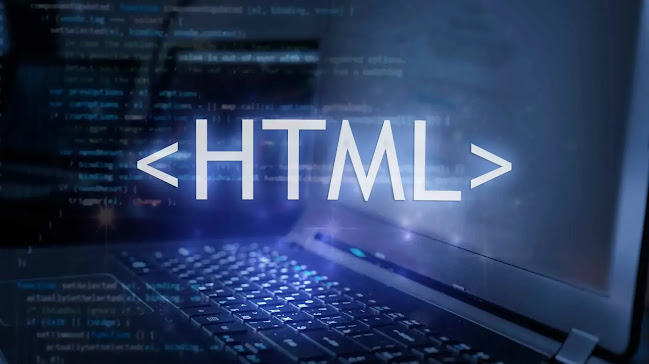HTML (HyperText Markup Language) is the foundation of web development. It structures web pages, defining their content and layout. Whether you're a beginner or revisiting the basics, understanding the most commonly used tags is essential for building effective websites.
What is HTML?
HTML is a markup language used to structure content on the web. It consists of elements written in tags, typically enclosed in angle brackets (< >). These tags create the building blocks of web pages.
Essential HTML Tags
Here are the most commonly used HTML tags, grouped by purpose:
1. Document Structure Tags
<html>: Defines the root of an HTML document.<head>: Contains metadata and links to resources.<body>: Contains the visible content of the page.
2. Headings and Text Formatting
<h1>to<h6>: Headings,<h1>being the largest and<h6>the smallest.<p>: Paragraphs for text blocks.<strong>: Bold text for emphasis.<em>: Italicized text for emphasis.
3. Links and Images
<a>: Anchor tag for hyperlinks.<img>: Displays images.
4. Lists
Unordered List (
<ul>):Ordered List (
<ol>):
5. Tables
<table>: Creates a table.<tr>: Table row.<td>: Table data.<th>: Table header.
Example:
6. Forms
<form>: Defines a form for user input.<input>: Input field for text, numbers, etc.<button>: Button for submitting forms.
Example:
7. Multimedia
<audio>: Embeds audio.<video>: Embeds video.
Tips for Writing HTML
- Indentation: Use consistent indentation for readability.
- Closing Tags: Always close tags (
<p></p>), unless they're self-closing (<img>). - Attributes: Use attributes (e.g.,
href,src,alt) to define element properties.

Comments
Post a Comment